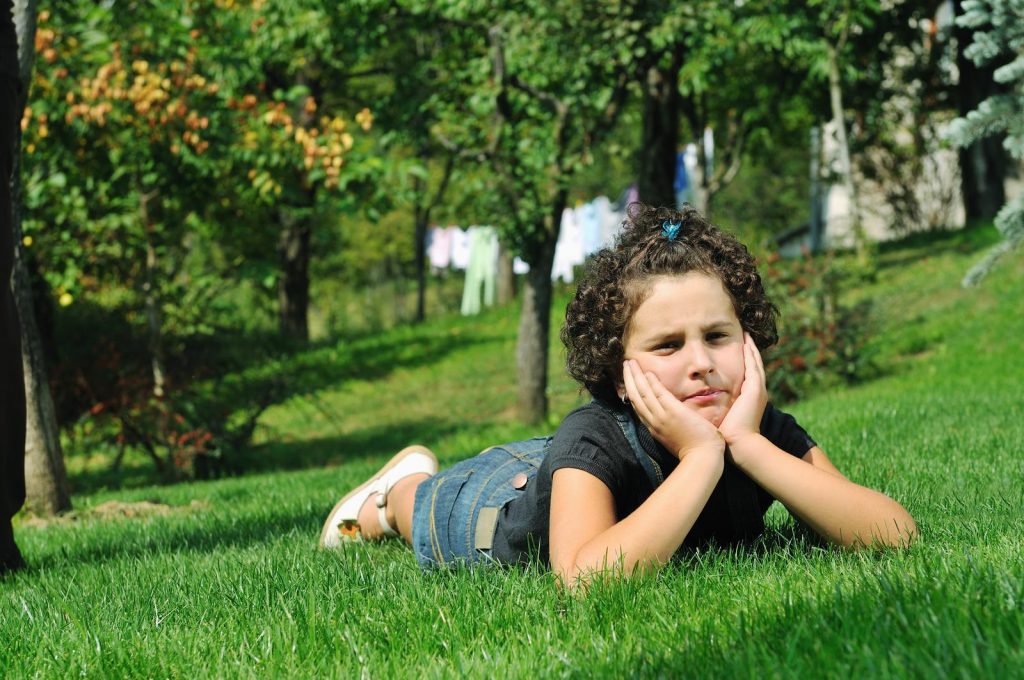
Dressing kids is more than just picking out cute outfits—it’s about balancing comfort, practicality, and style. Children are active, constantly growing, and often sensitive to certain fabrics or fits, so their clothing needs to meet a variety of demands. Whether you’re shopping for everyday wear, school outfits, or special occasion attire, choosing the right clothes can make a big difference in how your child feels and moves throughout the day. Here are 10 tips to help you choose comfortable and stylish clothes that both kids and parents will love.
1. Prioritize Soft, Breathable Fabrics
Children’s skin is often more sensitive than adults’, so soft and breathable fabrics like cotton, bamboo, and organic blends are ideal. These materials allow air to circulate, prevent overheating, and reduce the risk of irritation or rashes. Avoid rough, scratchy textures and synthetic fabrics that trap heat, especially for infants and toddlers.
2. Focus on Fit and Flexibility
Kids need clothes that move with them, not restrict them. Look for stretchable waistbands, relaxed fits, and pieces that allow room for movement, especially in activewear and school clothes. Items that are too tight or stiff can cause discomfort and discourage play, while overly loose garments may become tripping hazards.
3. Choose Age-Appropriate Styles
Style matters, even for children. Kids often want to express their personality through what they wear, so let them have a say when age-appropriate. Choose prints, colors, and styles that reflect their tastes while ensuring the clothing is suitable for their age group in terms of length, fit, and design.
4. Opt for Layer-Friendly Pieces
Layering is key for adapting to changing temperatures, especially if your child moves between indoor and outdoor environments. Lightweight jackets, cardigans, and undershirts can help regulate body temperature throughout the day. Neutral base layers can be mixed and matched for different looks without needing a completely new wardrobe.
5. Look for Easy-On, Easy-Off Designs
Especially for younger children, ease of dressing is a game-changer. Elastic waists, large buttons, zippers, and wide necklines make it easier for kids to dress themselves and make diaper changes or bathroom trips quicker for parents. Avoid complicated fastenings that slow things down during a busy day.
6. Pick Durable, Washable Clothing
Kids are messy—it’s part of their job. Choose clothes that can withstand frequent washing without fading, shrinking, or losing their shape. Reinforced knees in pants, double-stitched seams, and stain-resistant fabrics can add extra life to frequently worn pieces. Machine-washable and dryer-safe clothes make laundry day less of a hassle.
7. Consider Safety Features
Safety is often overlooked in clothing choices, but it’s crucial. Avoid items with small, detachable parts that could pose choking hazards, and be cautious with long strings or ties that might catch on playground equipment. For younger children, flame-resistant sleepwear and reflective details on outerwear add extra layers of protection.
8. Shop for the Season—but Think Ahead
While it’s important to buy clothes suited to the current season, kids grow fast, so think a size or two ahead when possible—especially when buying on sale. Choose items that can transition between seasons, like lightweight hoodies or convertible pants, and keep an eye out for end-of-season deals to stock up for the following year.
9. Mix Style with Functionality
Comfort doesn’t have to mean boring. Many kids’ clothing brands offer stylish, modern designs that still prioritize comfort and durability. Look for clothing that features fun patterns, favorite characters, or current fashion trends in child-friendly forms. A good blend of function and flair helps kids feel confident and excited to get dressed.
10. Let Kids Have a Voice
As children get older, letting them participate in clothing choices encourages independence and confidence. Offer them options you’ve pre-approved for quality and fit, and let them pick what they like best. This helps develop their personal style while ensuring the clothing is still practical and age-appropriate.
In conclusion, choosing comfortable and stylish clothes for kids is about understanding their needs and preferences while selecting practical, durable, and safe options. By combining function with fun and allowing children a say in what they wear, parents can build wardrobes that make mornings easier and days more enjoyable for everyone involved.
